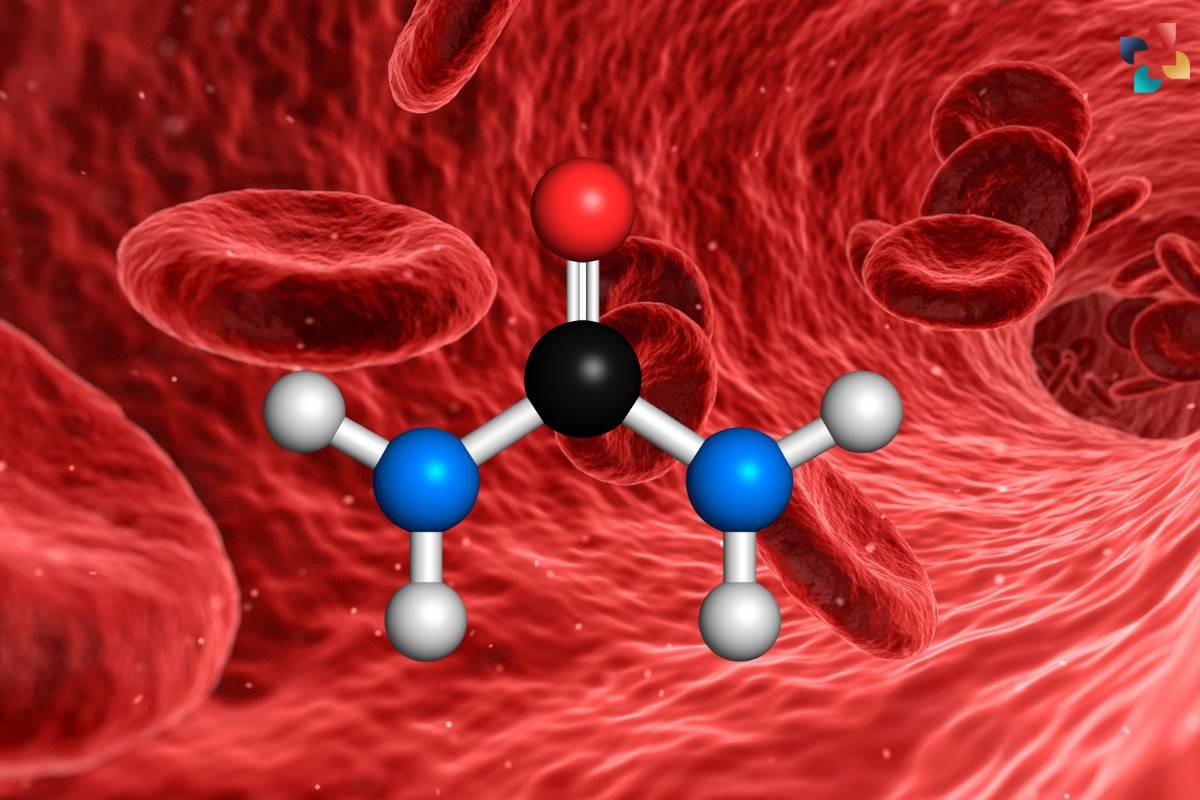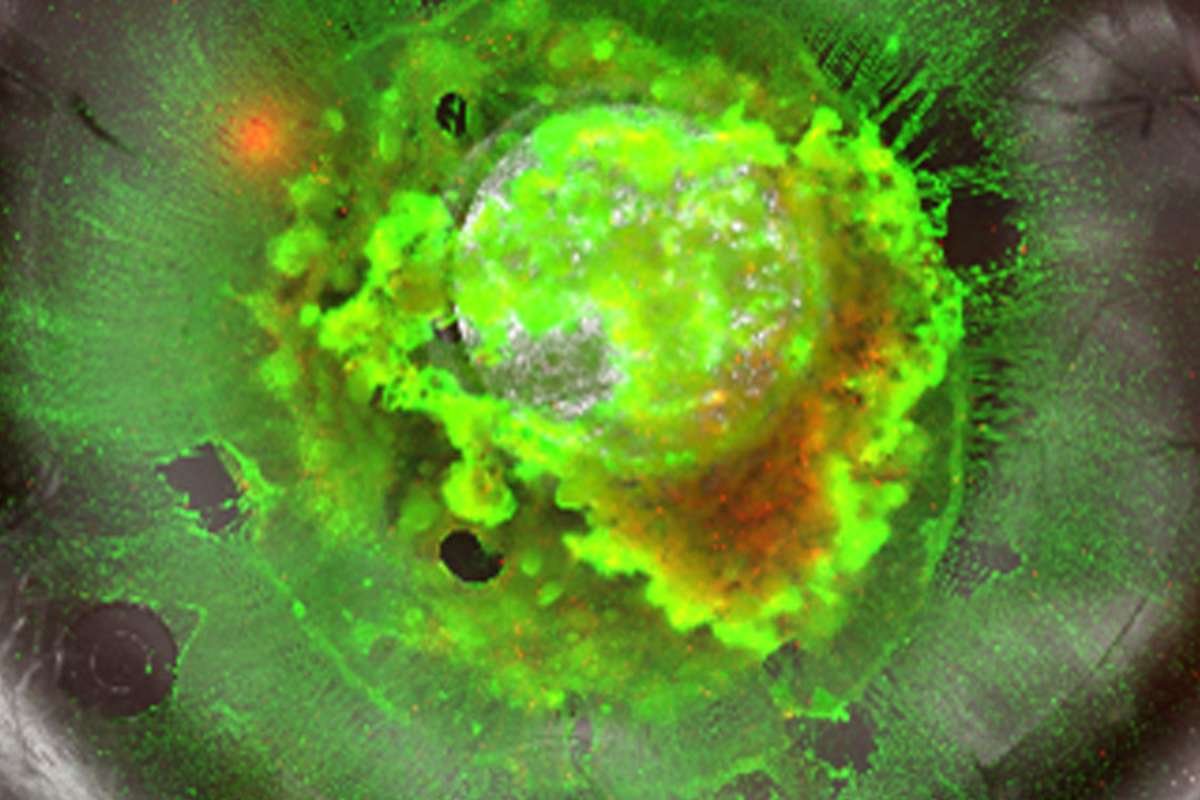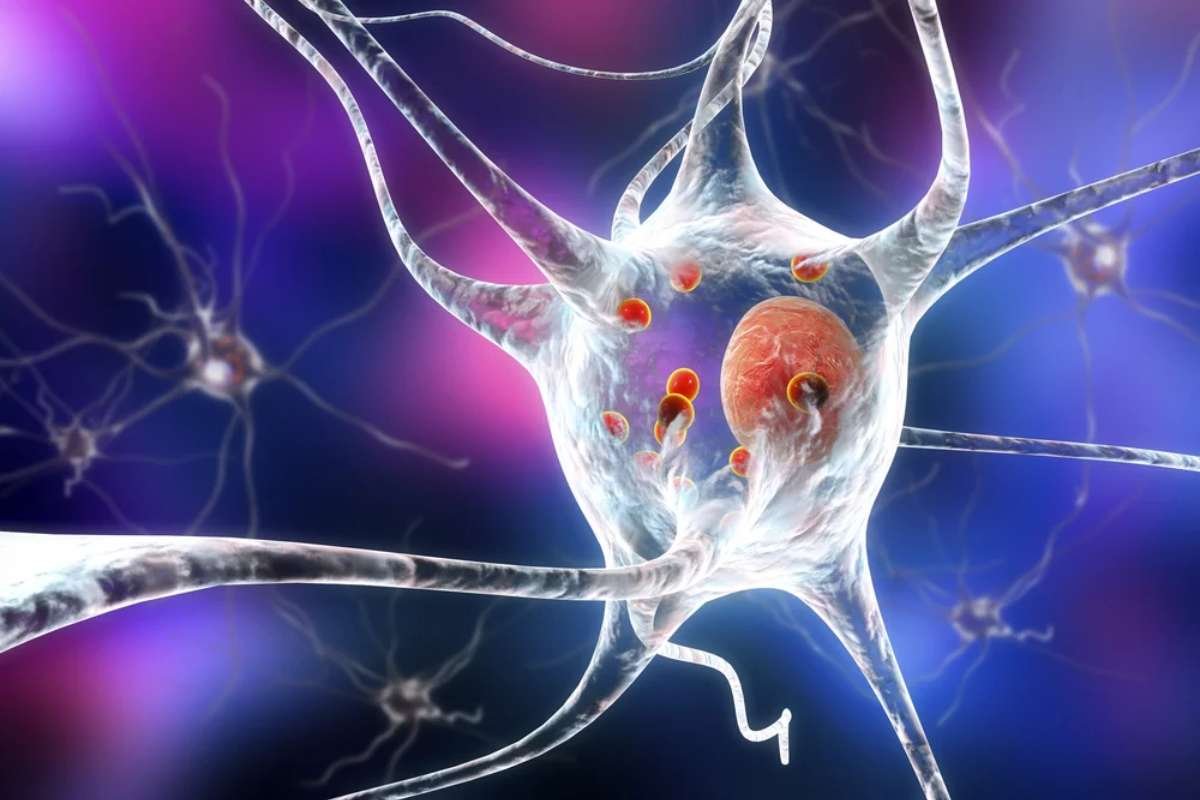Blood urea nitrogen (BUN) is a vital component of routine blood tests, providing valuable insights into kidney function and overall health. Elevated or decreased levels of blood urea nitrogen can indicate various underlying medical conditions, making it essential for healthcare professionals to understand its significance and interpretation. In this comprehensive guide, we delve into the intricacies of blood urea nitrogen, exploring its role, normal range, factors affecting levels, and implications for health.
What is Blood Urea Nitrogen?
Blood urea nitrogen, often abbreviated as BUN, refers to the concentration of urea nitrogen in the bloodstream. Urea is a waste product formed in the liver during the breakdown of proteins and is excreted from the body through urine via the kidneys. BUN levels reflect the balance between urea production in the liver and its removal by the kidneys, making it a valuable marker of kidney function.
Blood urea nitrogen, often abbreviated as BUN, refers to the concentration of urea nitrogen in the bloodstream. Urea is a waste product formed in the liver during the breakdown of proteins and is excreted from the body through urine via the kidneys. BUN levels reflect the balance between urea production in the liver and its removal by the kidneys, making it a valuable marker of kidney function.
When the kidneys are functioning normally, they filter waste products like urea from the blood, allowing them to be excreted in urine. However, if kidney function is impaired, urea nitrogen accumulates in the bloodstream, leading to elevated BUN levels. Consequently, measuring BUN levels can help healthcare providers assess kidney function and diagnose conditions such as acute or chronic kidney disease, dehydration, urinary tract obstruction, or congestive heart failure.

In addition to kidney function, BUN levels can also be influenced by factors such as diet, medications, liver function, and hydration status. For example, a diet high in protein can increase urea production, leading to higher BUN levels. Certain medications, such as diuretics or steroids, can also affect BUN levels by altering kidney function or protein metabolism.
In clinical practice, blood urea nitrogen levels are often measured alongside other kidney function tests, such as serum creatinine levels and glomerular filtration rate (GFR), to provide a comprehensive assessment of renal health. Abnormal BUN levels may indicate kidney dysfunction, prompting further evaluation and management by healthcare professionals.
Overall, blood urea nitrogen serves as an important biomarker for assessing kidney function and overall health. Monitoring BUN levels can help detect kidney disease and other medical conditions early, allowing for timely intervention and treatment to prevent complications and preserve kidney function.
Importance of Blood Urea Nitrogen:
Blood urea nitrogen plays a crucial role in assessing kidney function and diagnosing various renal and non-renal conditions. By measuring BUN levels, healthcare providers can detect abnormalities in kidney function, such as impaired filtration and excretion of waste products. Additionally, BUN levels are often monitored in patients with acute or chronic kidney disease to assess disease progression and treatment efficacy.

Normal Range of Blood Urea Nitrogen:
The normal range of blood urea nitrogen can vary slightly depending on factors such as age, sex, and underlying health conditions. In general, the reference range for BUN levels is between 7 to 20 milligrams per deciliter (mg/dL) in adults. However, individual laboratories may have slightly different reference ranges, so it’s essential to interpret BUN results in the context of the specific reference range used by the laboratory.
Factors Affecting Blood Urea Nitrogen Levels:
Several factors can influence blood urea nitrogen levels, leading to either elevated or decreased values. Dehydration, high protein intake, gastrointestinal bleeding, heart failure, and certain medications can elevate BUN levels, indicating impaired kidney function or dehydration. Conversely, liver disease, malnutrition, and overhydration may cause decreased BUN levels, reflecting reduced urea production or increased clearance by the kidneys.
Interpretation of Blood Urea Nitrogen Levels:
Interpreting blood urea nitrogen levels requires consideration of various factors, including the patient’s medical history, symptoms, and other laboratory test results. Elevated BUN levels, known as azotemia, may indicate acute or chronic kidney disease, dehydration, urinary tract obstruction, or congestive heart failure. Conversely, decreased BUN levels may suggest liver disease, malnutrition, or overhydration.
Interpreting blood urea nitrogen levels requires consideration of various factors, including the patient’s medical history, symptoms, and other laboratory test results. Elevated BUN levels, known as azotemia, may indicate acute or chronic kidney disease, dehydration, urinary tract obstruction, or congestive heart failure. Conversely, decreased BUN levels may suggest liver disease, malnutrition, or overhydration.
Furthermore, trends in BUN levels over time can provide valuable insights into the progression of kidney disease or response to treatment. A consistent increase in BUN levels may indicate worsening kidney function, while a decline may suggest improvement or stabilization of renal health. However, it’s essential to interpret BUN levels in conjunction with other clinical indicators to ensure accurate diagnosis and appropriate management.
In summary, interpreting blood urea nitrogen levels requires a comprehensive assessment of the patient’s medical history, symptoms, and other laboratory findings. Elevated or decreased BUN levels can serve as important markers of kidney function and overall health, guiding healthcare providers in diagnosing and managing various medical conditions.
Clinical Applications of Blood Urea Nitrogen Testing:

Blood urea nitrogen testing is commonly used in clinical practice for various diagnostic and monitoring purposes. In addition to assessing kidney function, BUN levels may be monitored in patients undergoing renal dialysis, receiving certain medications, or undergoing surgery. Serial BUN measurements over time can provide valuable insights into disease progression and treatment response in patients with kidney disease or other medical conditions.
Conclusion:
Blood urea nitrogen is a critical marker of kidney function and overall health, with implications for the diagnosis and management of various medical conditions. Understanding the significance of BUN levels, normal range, and factors affecting its concentration is essential for healthcare professionals in interpreting test results accurately and providing optimal patient care. By incorporating blood urea nitrogen testing into routine clinical practice, healthcare providers can identify renal dysfunction early, monitor disease progression, and improve patient outcomes.











